The Best Materials for Your Cycling Kit: A Comprehensive Guide

When it comes to cycling, having the right gear can make all the difference in both performance and comfort. Among the most critical pieces of equipment is your cycling kit. Not only does it protect your skin and keep you comfortable during rides, but it also plays a significant role in regulating temperature and moisture. In this post, we’ll explore the best materials for cycling kits to help you make an informed choice for your next bike ride.
Understanding the Basics of Cycling Kits
A cycling kit typically consists of several components, including shorts, jerseys, and sometimes, arm and leg warmers. Each piece is designed with specific functions in mind, which is why understanding the materials that make up these garments is essential for both casual and competitive cyclists.
Key Features to Look for in Cycling Kit Materials
Before diving into the best materials for cycling kits, it's essential to consider the key features that contribute to the effectiveness of these garments:
- Breathability: The ability of a fabric to allow moisture and heat to escape is crucial for comfort.
- Moisture-wicking: Fabrics that draw sweat away from the body keep you dry and comfortable.
- Compression: Materials that provide compression can improve blood flow and reduce muscle fatigue.
- Durability: Long-lasting fabrics withstand wear and tear, important for frequent cyclists.
- UV Protection: Fabrics that offer UV protection safeguard your skin against harmful rays.
Top Materials Used in Cycling Kits
Polyester
Polyester is one of the most common materials used in cycling kits. Its lightweight nature and excellent moisture-wicking abilities make it an attractive choice. Polyester fibers are hydrophobic, meaning they repel water and allow sweat to evaporate quickly, keeping you dry during intense rides. Additionally, it dries faster than cotton, making it perfect for long distances or variable weather conditions.
Merino Wool
Merino wool is another fantastic option for cycling kits, especially for those who ride in colder climates. This natural fiber is known for its insulation properties, yet it also effectively wicks moisture, keeping you warm and dry. Unlike traditional wool, Merino wool is soft and doesn't irritate the skin, which is a great advantage for long rides. Moreover, it has antibacterial properties, reducing odor buildup during multi-day cycling adventures.
Nylon
Nylon is often blended with other fabrics to enhance durability and provide a snug fit. It offers superior elasticity and resistance to abrasions, making it a favorite for cycling shorts, which require a bit of stretch for optimal performance. Its quick-drying properties also complement its moisture-wicking capabilities, ensuring that you stay comfortable even when the ride gets tough.
Elastane (Spandex)
Elastane, commonly referred to by its brand name, Spandex, is typically blended with other materials to provide elasticity. This material is crucial for a cycling kit, as it enables freedom of movement and helps garments maintain their shape, even after repeated wear and wash. A cycling kit with a percentage of elastane offers compression that can enhance performance and reduce muscle fatigue, making it a must-have.
Chamois Padding
The chamois padding in cycling shorts is made from various materials, including foam and gel. This padding is essential for comfort as it provides cushioning against the saddle. The outer layer of the chamois is usually made of a moisture-wicking fabric to ensure that sweat doesn't accumulate, which can lead to discomfort on long rides.
Different Weather Conditions and Material Choices
Warm Weather Cycling Kits
For cycling in warm weather, lightweight and breathable fabrics are essential. Look for kits made of primarily polyester or blends with a high percentage of spandex for stretch. Go for materials that maximize ventilation and wick moisture efficiently to keep you cool.
Cold Weather Cycling Kits
In contrast, warm cycling kits can be a blessing during chilly rides. Merino wool or specialized thermal fabrics with insulating properties are ideal. These materials not only keep you warm but also allow moisture to escape, preventing you from feeling clammy while cycling.
Rainy Weather Cycling Kits
In wet conditions, water-resistant materials make all the difference. Look for cycling kits that utilize waterproof or water-repellent membranes, often made from nylon or polyester with added coatings. These materials help shield you from rain while still ensuring breathability and moisture-wicking properties.
Windy Weather Cycling Kits
When it’s windy, opt for cycling kits that feature wind-resistant fabrics. These materials often have a tight weave to act as a barrier against the wind, offering improved comfort and performance on blustery days. Layering is also important; a breathable base layer under wind-resistant outerwear can make all the difference.
Eco-Friendly Cycling Kits: Sustainable Material Options
As cycling becomes increasingly popular, many companies are focusing on sustainable materials for cycling kits. When looking for an eco-friendly cycling kit, consider the following materials:
Recycled Polyester
Recycled polyester is made from post-consumer plastic bottles and offers similar moisture-wicking capabilities as traditional polyester, but with a reduced environmental impact. Brands that use recycled materials contribute to decreasing plastic waste while still providing high-quality cycling kits.
Organic Cotton
While cotton isn't typically favored for performance cycling due to its moisture-retaining qualities, organic cotton can be a sustainable option for casual rides. Organic cotton is grown without harmful pesticides, making it a more eco-friendly choice for those looking to reduce their carbon footprint.
Finding the Right Fit for Your Cycling Kit
The material is just part of the equation; the fit of your cycling kit is equally important. Proper fitting ensures optimal performance and comfort. Here are some tips for finding the right fit:
- Try Before You Buy: Whenever possible, try on cycling kits to assess the fit and feel.
- Check Size Charts: Different brands may have varying size charts, so refer to those for the best fit.
- Consider Your Riding Style: Fit preferences may vary based on whether you ride competitively or casually.
- Flexibility is Key: Ensure that the kit allows for a good range of motion.
Enhancing Your Cycling Experience
Investing in a quality cycling kit made from the right materials can significantly impact your overall cycling experience. Not only do the right fabrics enhance performance, but they also contribute to a more enjoyable ride, allowing you to focus on the road ahead. Consider your riding conditions, preferences, and sustainability when making your choices.
Beyond Materials: Accessories to Complement Your Cycling Kit
Your cycling kit is just one part of your cycling gear ensemble. To maximize your performance and comfort, consider additional accessories that can enhance your cycling experience:
- Gloves: Protect your hands and improve grip with cycling gloves designed from breathable materials.
- Socks: Choose moisture-wicking socks to keep your feet dry and comfortable.
- Base Layers: Thermal base layers can provide additional warmth in cooler weather.
- Arm and Leg Warmers: These add versatility, allowing you to adapt to changing temperatures.
Embrace What’s Best for You and Your Ride!
Understanding the materials that make up your cycling kit is essential for both performance and comfort. By considering factors such as weather conditions, fit, and sustainability, you can choose the cycling kit that best meets your needs. With the right materials and accessories in your corner, you’ll be ready to tackle any ride that comes your way. So gear up, hit the road, and enjoy the ride in your new cycling kit!


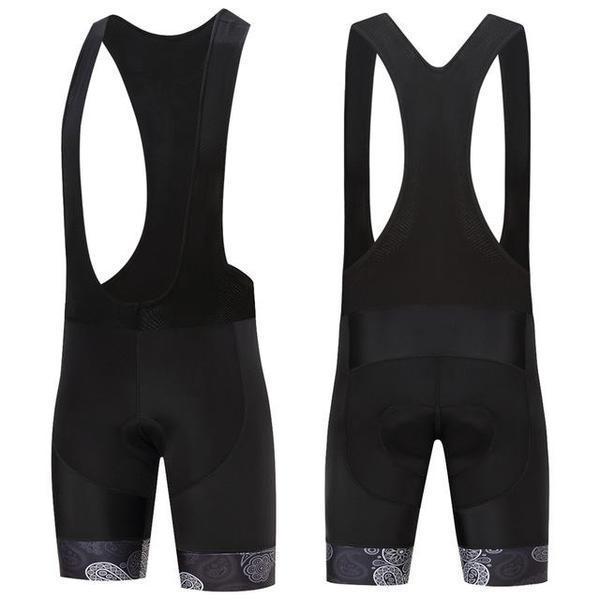

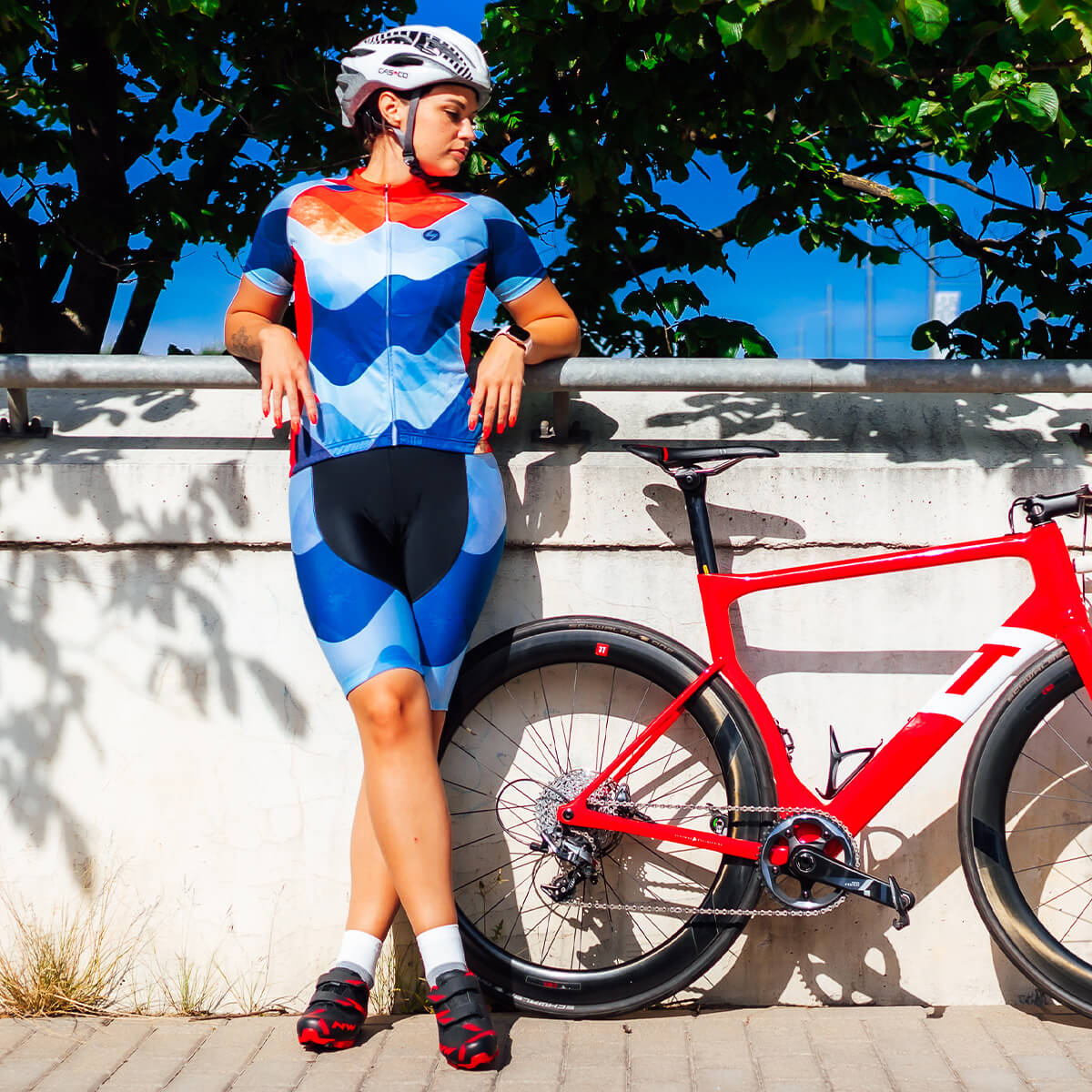
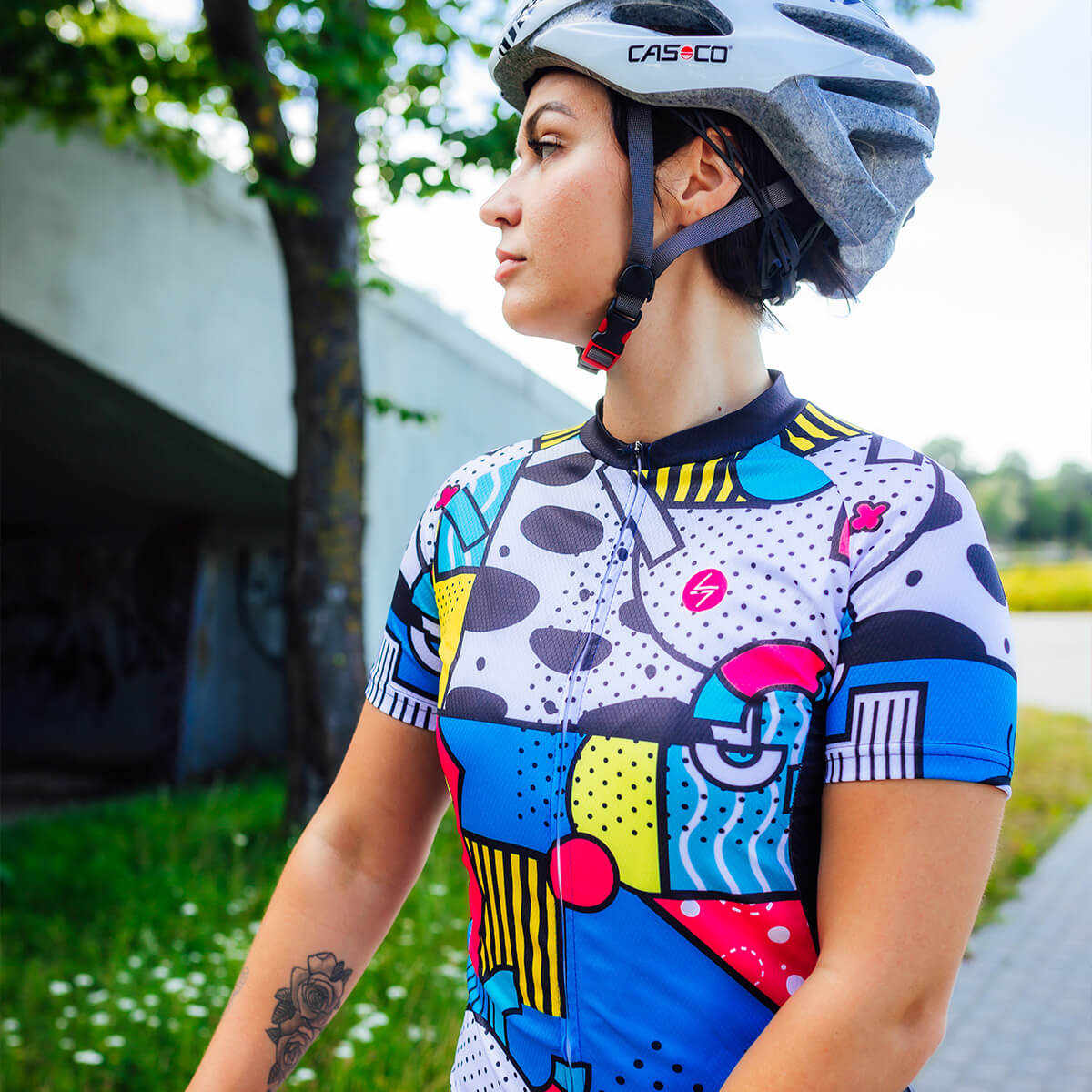

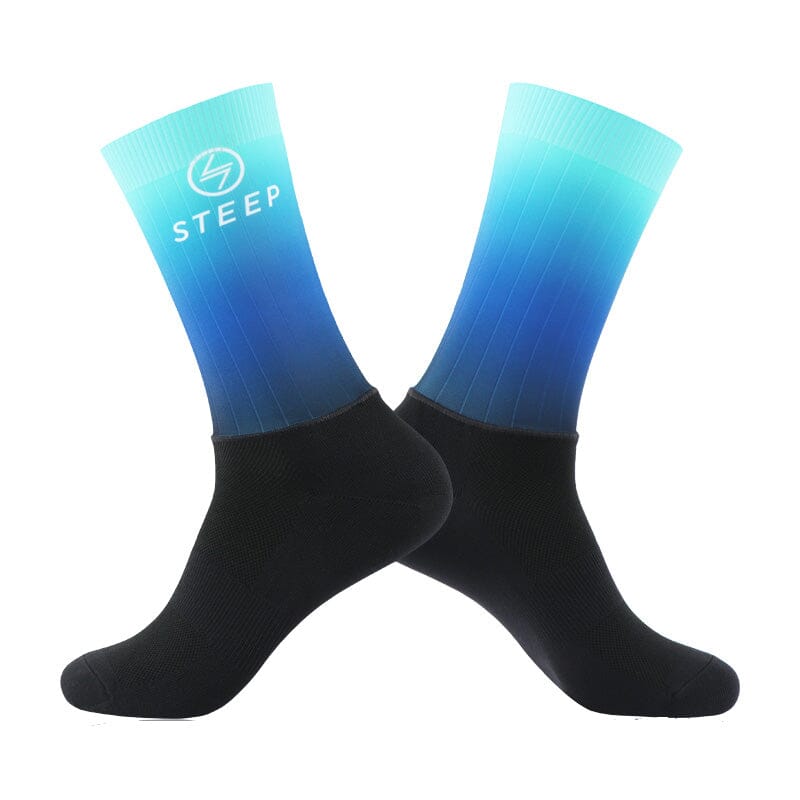
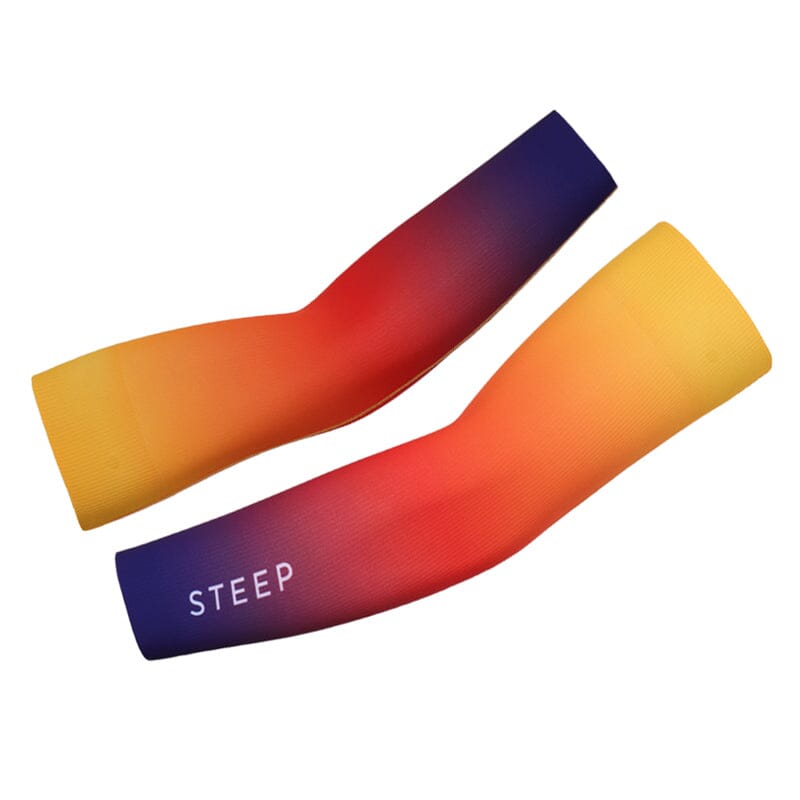






Leave a comment